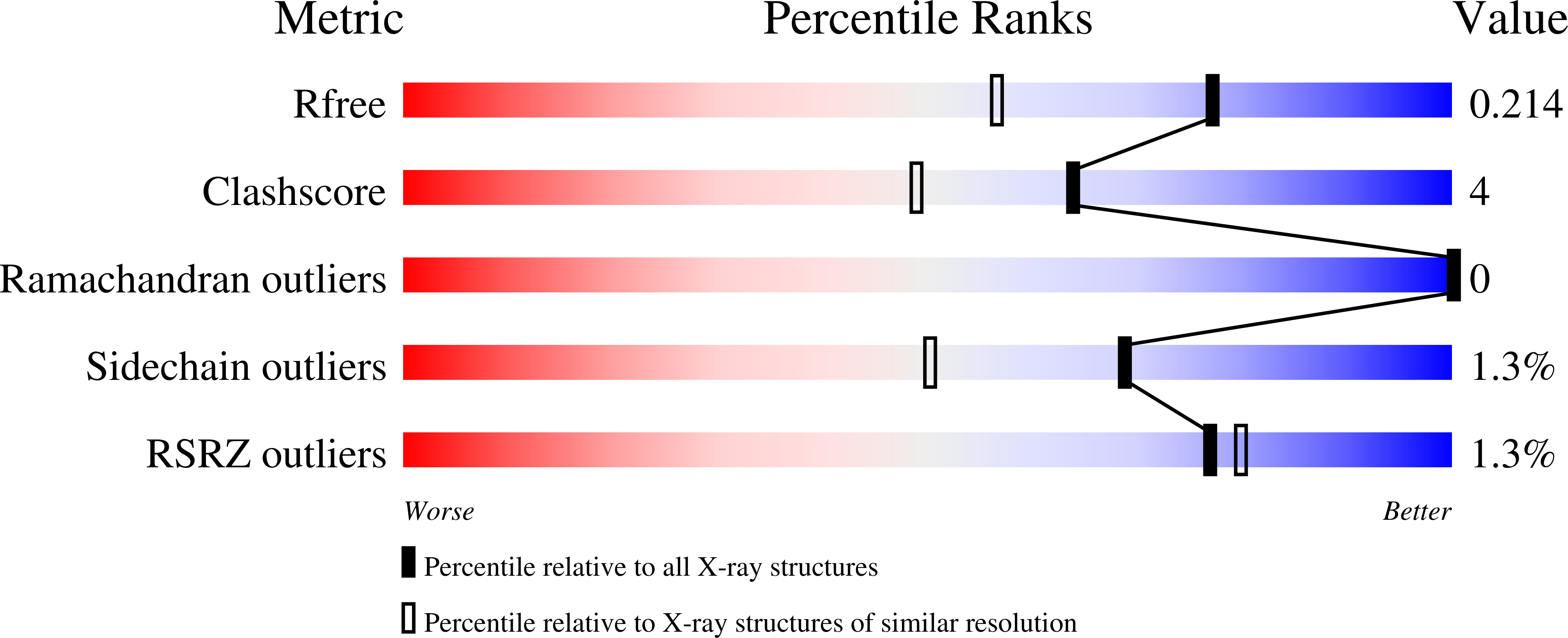
Deposition Date
2007-12-19
Release Date
2008-03-25
Last Version Date
2023-08-30
Method Details:
Experimental Method:
Resolution:
1.65 Å
R-Value Free:
0.21
R-Value Work:
0.19
R-Value Observed:
0.19
Space Group:
C 2 2 21


